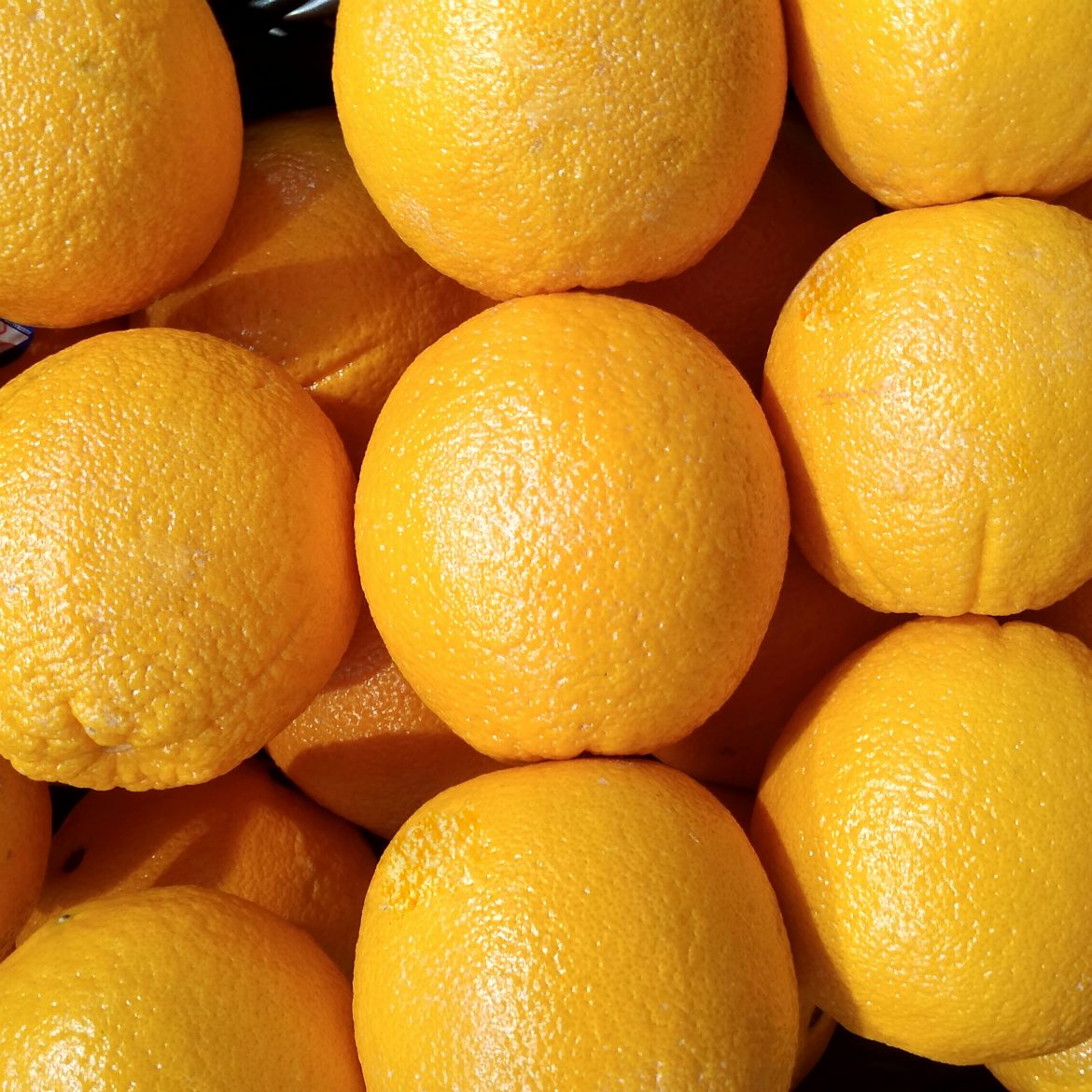It’s citrus season in South Africa. Instead of tossing those orange and naartjie peels, put them to work in the garden!
1. Level up your compost
Citrus peels add nitrogen, potassium, and phosphorus to compost, but their acidity and slow decomposition can be concerns, so be careful not to use too much. Chop peels finely and mix them into the compost pile (bury them to deter fruit flies). Balance with “brown” materials like dry leaves. Moderation is key—avoid overwhelming your compost with citrus.
2. Natural pest repellent
Combat common pests like aphids, ants, and even curious cats! Citrus oils irritate insects and deter feline visitors. Soak peels in water for 2–3 days, strain, add a dash of eco-friendly soap, and spray plants. Scatter fresh peels around garden beds for a quick pest barrier.
3. Use as seed starters
Reduce plastic waste with peels as tiny plant pots! How: Fill halved peels with soil, plant seeds, and place in a sunny spot. Once seedlings sprout, transplant them directly into soil—the peel decomposes. Best for quick-growing herbs or plants that tolerate slight acidity.
4. Clean garden tools
Citrus oils cut through grime and leave tools shiny. Easy Fix: Rub the fleshy side of a peel over blades and handles, then rinse. A chemical-free way to maintain tools!
Tips:
Avoid pesticides: Use organic citrus or wash peels thoroughly to remove residues.
Soil pH: Test soil if using large quantities; most South African soils are slightly acidic, so adjust usage accordingly.
ALSO SEE:
How to protect your plants during winter and keep your garden thriving
Feature Image: Pexels

